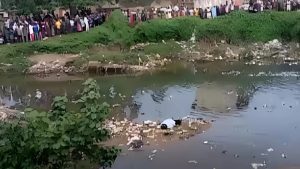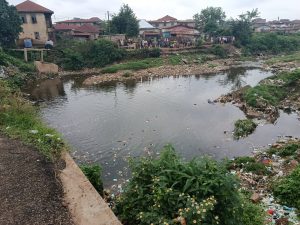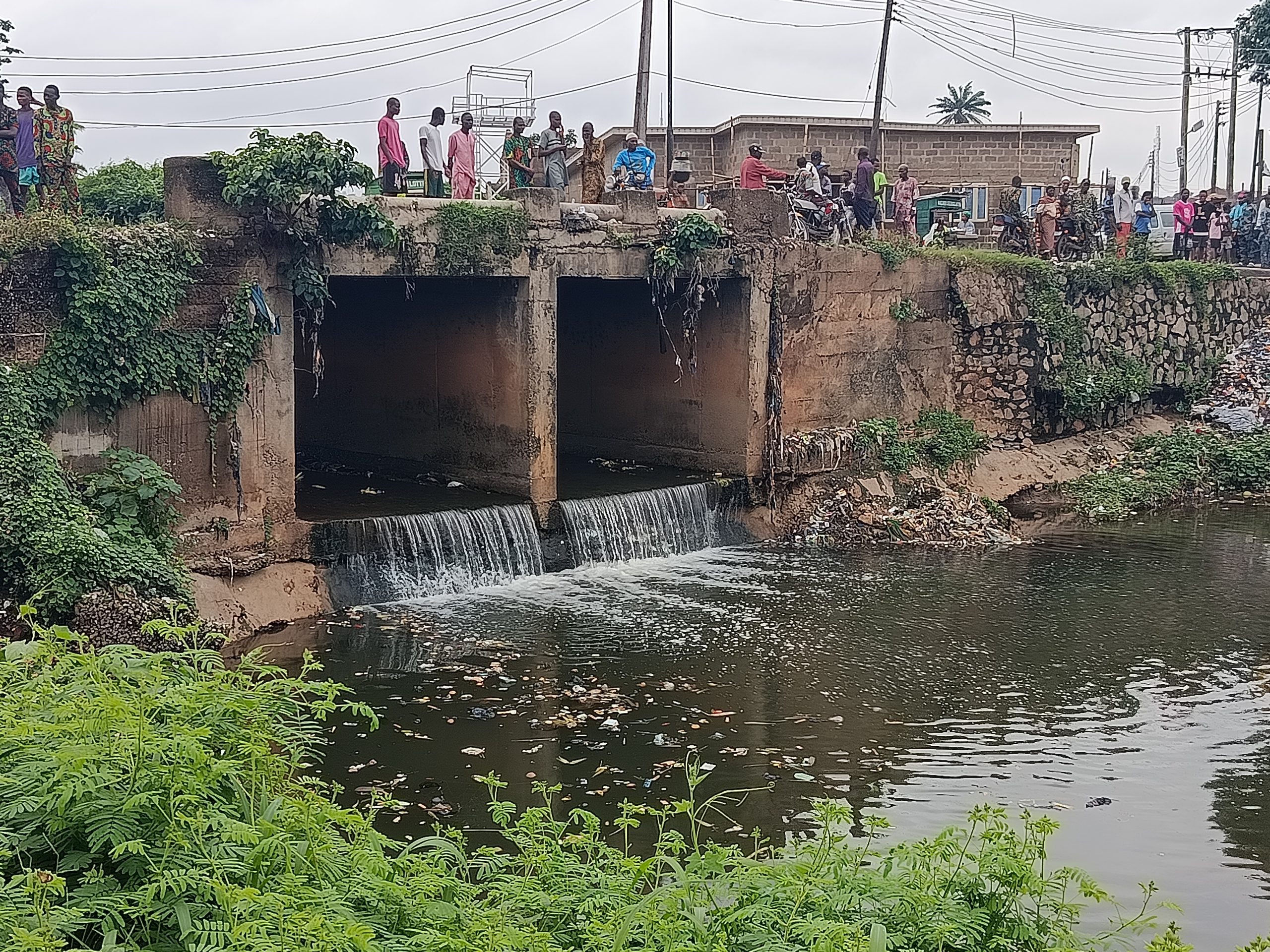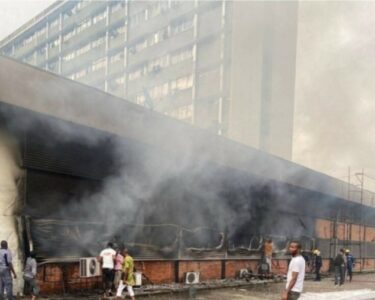Alafara River Tragedy
Two drown as initiation rite turns fatal
Summary
- Woman and man drown during Osun deity ritual at Alafara river in the Ojé area of Ibadan
- Victim’s father reportedly died in same river during a similar ritual a year ago
- No emergency responders seen at scene despite past river-related incidents
Ibadan, Nigeria – A tragic scene unfolded in the Oje area of Ibadan in the early hours of 5 July, as two worshippers of the Osun goddess, a woman and a man, drowned in the Alafara river during a ritual. The woman was later found dead in the evening. The man remains missing as of press time.
 The lifeless body of the woman at the river as bystanders look on
The lifeless body of the woman at the river as bystanders look on
Eyewitnesses told AfrikTimes that the river had surged during the rite, sweeping the woman under. The man, who had also entered the river, made a desperate attempt to save her but was also overwhelmed by the current.
The witnesses also pointed to a dark pattern: the man’s father had also drowned in the same river during a similar ritual a year earlier, and was buried along the riverbank. The anniversary of his death had reportedly brought the man back to the water only days earlier.
Despite local superstitions and reverence for the Osun deity, the incident has raised urgent questions about safety, public health, and the absence of regulatory oversight.
AfrikTimes observed a crowd of curious onlookers gathered at the site the next morning as Osun devotees attempted to “appease the river” with chants and offerings. A spiritual leader warned bystanders to keep their distance to avoid “incurring the wrath of the goddess.”
No emergency services were present at the scene, neither the fire service nor medical personnel, an omission made even more alarming given the river’s known dangers.
Locals recounted a previous incident where a Toyota Micra fell from the bridge into the water and could not be retrieved due to the inadequacy of rescue equipment to reach the river’s depth. It is suspected that past failures of emergency response contributed to public apathy around alerting authorities.
More concerning, some questioned why such rituals continue to be held at a river infamous for swallowing lives, without adequate safety precautions. Others highlighted the unsanitary condition of the river itself, citing its use as a site for open defecation and dumping of refuse, raising concerns about the health implications of performing spiritual rites in such polluted waters.
 Alafara river polluted with refuse
Alafara river polluted with refuse
While rumours circulated that the drowned pair may have been siblings, this could not be substantiated. However, a disturbing thread runs through the story. According to a senior worshipper contacted on phone at the site, the deceased had been explicitly warned not to return to the river, a warning they fatally ignored.
This incident not only underscores the tension between cultural practices and public safety but also reveals glaring institutional failures. In a country where traditional religious observances remain widespread, there is a growing need for responsible regulation and emergency readiness—not to curtail spiritual freedoms, but to protect lives.
As chants rose into the morning air and the river continued its silent flow, one thing was clear: faith alone cannot rescue the drowned, and unless steps are taken, the Alafara river may yet claim more lives in the name of devotion.







